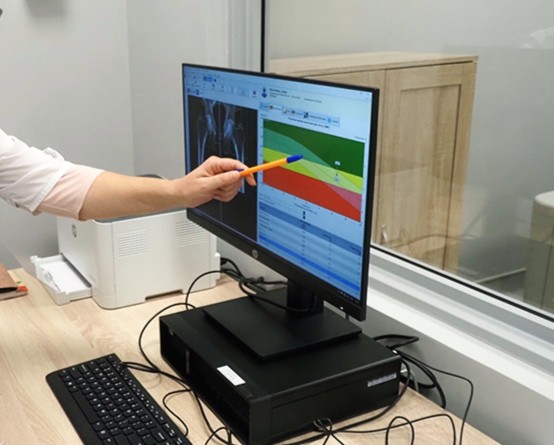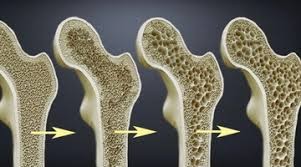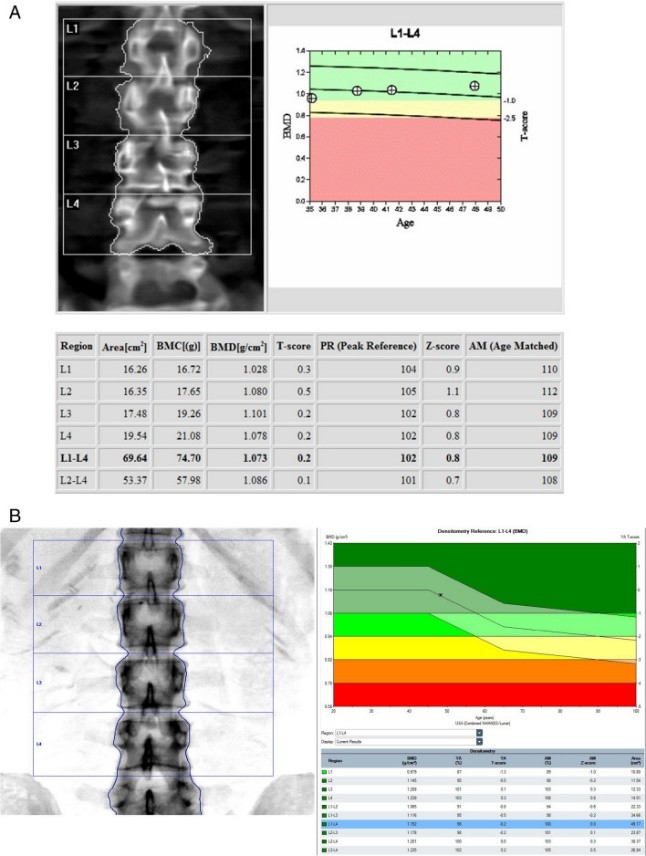Densitometry allows you to determine the mineral density of bone tissue using x -ray radiation and predict the risk of developing fractures. The X -ray tube of the device generates a bunch of two -energy radiation. Its “soft” and “tough” components are differently absorbed by the tissues of the body and enter the detector.

In terms of size, thickness and density of the bones, the coefficients of T-criteria are calculated (comparing the patient's data with an indicator of a healthy young person of the corresponding gender) and Z-criterion (comparison with the population of the same gender, weight and age). Densitometry is a highly sensitive method that allows you to detect the minimum loss of bone matrix density (up to 2 %) with a low measurement error. Repeated densitometry is recommended using the same equipment on which the initial examination was performed, with a frequency once a year.

The main indications for densitometry
- Women aged 65 years and older
- Women in postmenopause younger than 65 years old, if there are risk factors such as low body weight preceding low -traumatic fractures, the presence of a disease or taking drugs that help a decrease in bone mass
- Women during the transition to the postmenopausal period with risk factors: low body weight preceding low -traumatic fractures, taking drugs that contribute to a decrease in bone mass
- Men aged 70 years and older
- Men younger than 70 years with risk factors of fractures: low body weight preceding low -traumatic fractures, the presence of a disease or taking drugs that contribute to a decrease in bone mass
- Adults with fractures with a minimum history
- Adults with diseases or conditions leading to a decrease in the MPC
- All patients who are prescribed therapy with glucocorticoids or other drugs that reduce the IPC
- All patients who plan to prescribe antiososoporotic therapy
- All patients who are performing osteoporosis therapy to monitor its effectiveness
- Women who have stopped taking drugs of hormone replacement therapy
Densitometry is a popular diagnostic method, which is aimed at determining the density of bone tissue and the probability of fractures. Using the study, you can measure such important parameters as the level of calcium, the structure of the bone, its density, as well as the thickness of the surface layer.

Such specialists as osteoporosis are engaged inrheumatologist,Endocrinologist. The choice of a doctor depends on what is the cause of the disease and what complications have already developed. Often therapy is life -long, continuous, or conducted by courses several times a year. Therefore, in addition to narrow specialists, it is very important to be in touch with his therapist, who monitors the patient's condition and participates in the correction of treatment.
There is an erroneous opinion that to strengthen bones, it is necessary to take calcium and vitamin D drugs. Undoubtedly, the deficiency of these substances affects the condition of the bone system. But this is not basic therapy, but in some cases, patients do not need to take additional calcium and high doses of vitamin. Calcium with vitamin D are “building” material and ensure the normal effect of basic drugs. But in isolation they do not improve the patient's condition and do not help with osteoporosis.
For treatment, prescribeddrugs affecting bone metabolism, slowing down the process of resorption, inhibiting the work of osteoclasts and stimulating the work of osteoblasts.




























